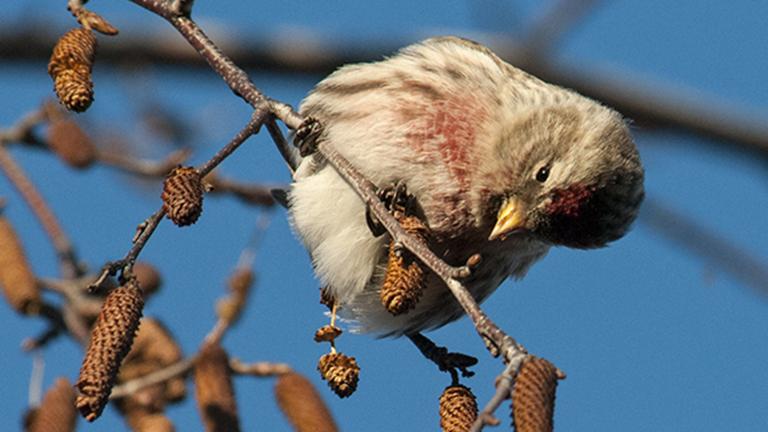As a more complete, and complex, portrait has emerged of John James Audubon, birders and ornithologists have struggled to reconcile their missions with the troubling aspects of his legacy: buying and selling slaves, plagiarism and the exploitation of natural resources.
Audubon Society
A wetlands restoration project is underway at Powderhorn Lake Forest Preserve in the Calumet region, where construction of a human-made water control device will recreate a more natural system of drainage.
With close to 100,000 birds expected to pass over Chicago this weekend, the Cornell Lab of Ornithology and its partners have issued a “lights out” alert for the city, encouraging building owners and residents to turn off as many lights as possible between 11 p.m. and 6 a.m.
If crack-of-dawn birding isn’t your thing, maybe give under-the-cover-of-darkness moth-watching a try this weekend at Indian Ridge Marsh.
Nearly 600 million birds are killed annually in North America due to collisions with buildings. A new Illinois law mandates bird-friendly design for state buildings.
To counter a pervasive, if unconscious, bias toward male birds within North American ornithology and hobbyist circles, a group dubbed the Galbatross Project launched Female Bird Day, now in its second year, running Memorial Day weekend.
The community science project, held over four days every February, collects data that provides scientists with a long-term record of bird distribution across the globe, helping to identify trends that might be associated with urbanization or climate change.
There’s a misperception that birds such as geese and ducks need help finding food when it snows. If they couldn’t cope with Chicago’s winters, they wouldn’t be here, experts say.
The National Audubon Society’s annual bird count is underway. Now in its 121st year, the tally gives researchers and conservationists a good picture of how North America’s bird populations are changing.
Chicago’s bright lights lure birds from their migratory path. With hundreds of thousands of birds passing overhead this weekend, the city needs to dim its glow.
Since 2003, a group called the Chicago Bird Collision Monitors has made it their mission to collect birds that have been killed or injured after striking buildings and other structures.
The migratory birds are starting to nest in the area, but their nests don't look like those found in trees. That's because purple martins, which spend their winters in South America, now rely almost entirely on man-made nests when they arrive each spring.
You don't have to be an expert birder or ecologist to enjoy songs and calls from native and foreign birds in Chicago this time of year. Here's what to listen for.
Birds not ordinarily found in Chicago visit the region during the winter to utilize natural – and man-made – resources.
For decades the national emblem had been endangered, but for some lucky bird lovers catching a glimpse of this majestic animal is just a matter of looking out the window. We tell you where you can spot the great American Bald Eagle.
















